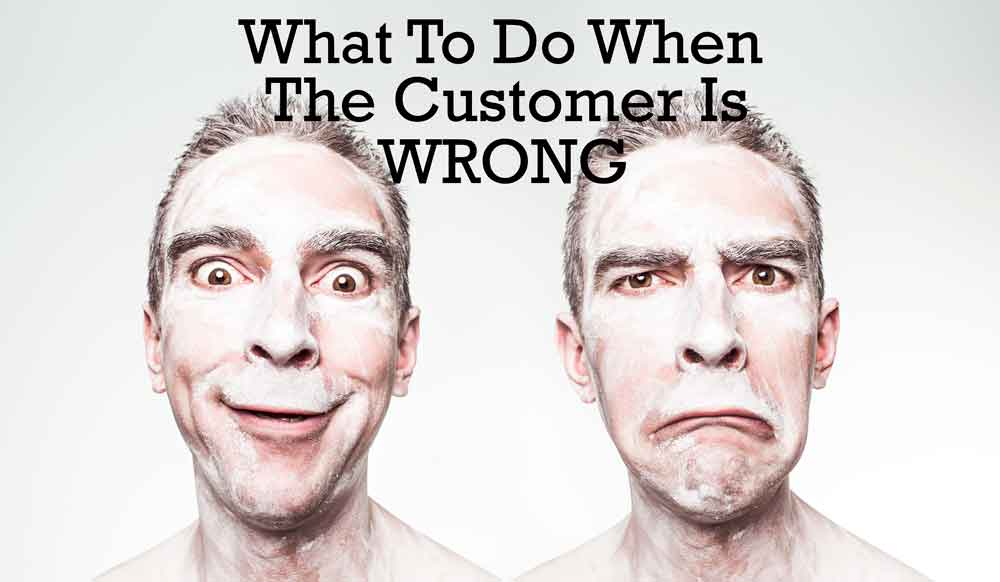What To Do When The Customer Is Wrong
J. Peterman is well known for his classic and enduring catalogue, the “Owner’s Manual” which broke the rules at the time by presenting items for sale with long form copywriting. It told stories literally and figuratively, painting pictures opposed to glossy over produced images.
Their slogan, however, is what’s worth noticing in the context of this article. “Absolute Satisfaction. Guaranteed.”
This motto, or mission, or vision, guided what they did to the point of making right on even the most ludicrous of claims.
There are a few things you need to consider when your customer is wrong (at least according to you)
1) What is your policy?
If you maintain a strict “customer is always right policy” than the answer of what to do will seem easy and straightforward; fix the problem, the customer is always right.
This is why it’s important to educate and empower your company by clearly defining it’s views, rules, and expectations, so uncomfortable situations can be dealt with clearly and quickly.
2) What are the costs?
There are two costs to consider. One is the cost to your business by making right, whether that be refunding an item, offering a free follow-up service, or correcting a mistake.
The second is the more important cost to consider and weigh against the first.
This is, what is the cost of NOT solving the customers problem? These can be huge! From the simple loss of the customer (almost guaranteed if they’re not accommodated) to the widespread damage that can occur through negative publicity and word-of-mouth.
As in all cases there are exceptions such as clear and direct abuse, theft, or manipulation of your organization, but even these must be dealt with carefully and skillfully to ensure the most positive possible outcome.
Conclusion
I would argue that almost all cases warrant the “customer is always right” approach, or better yet, “Absolute Satisfaction. Guaranteed.” The benefits to design and implement it far outweigh the costs.



